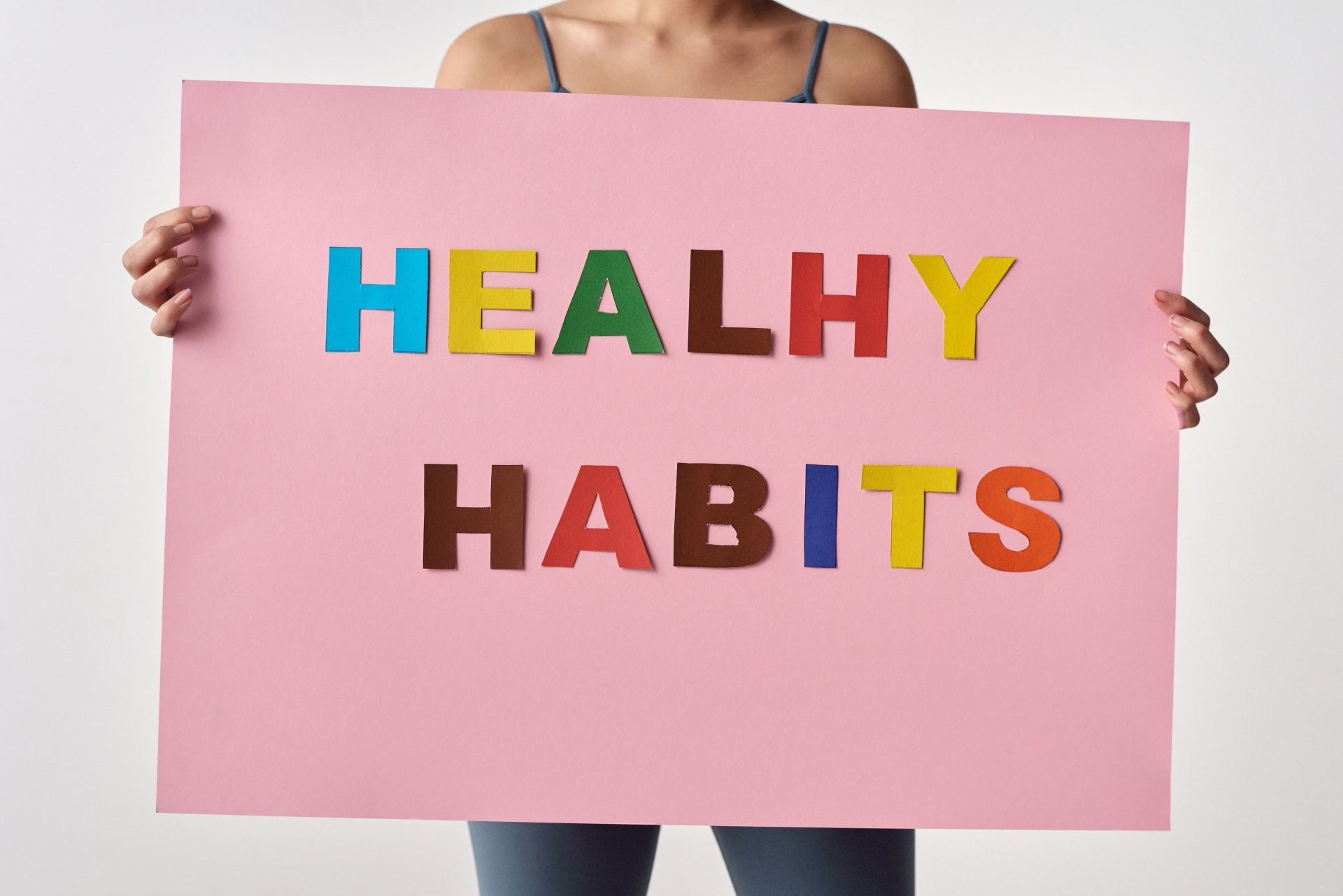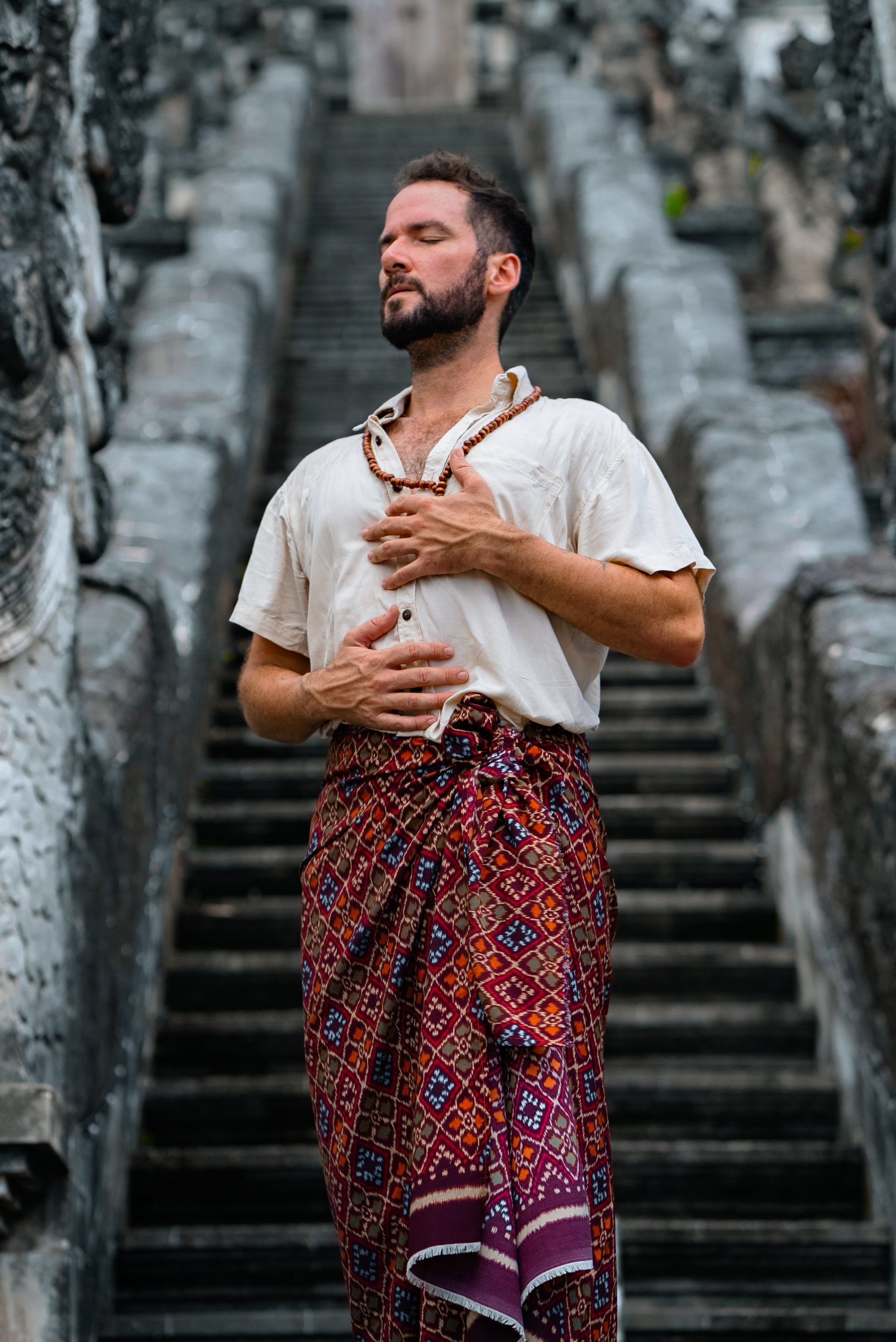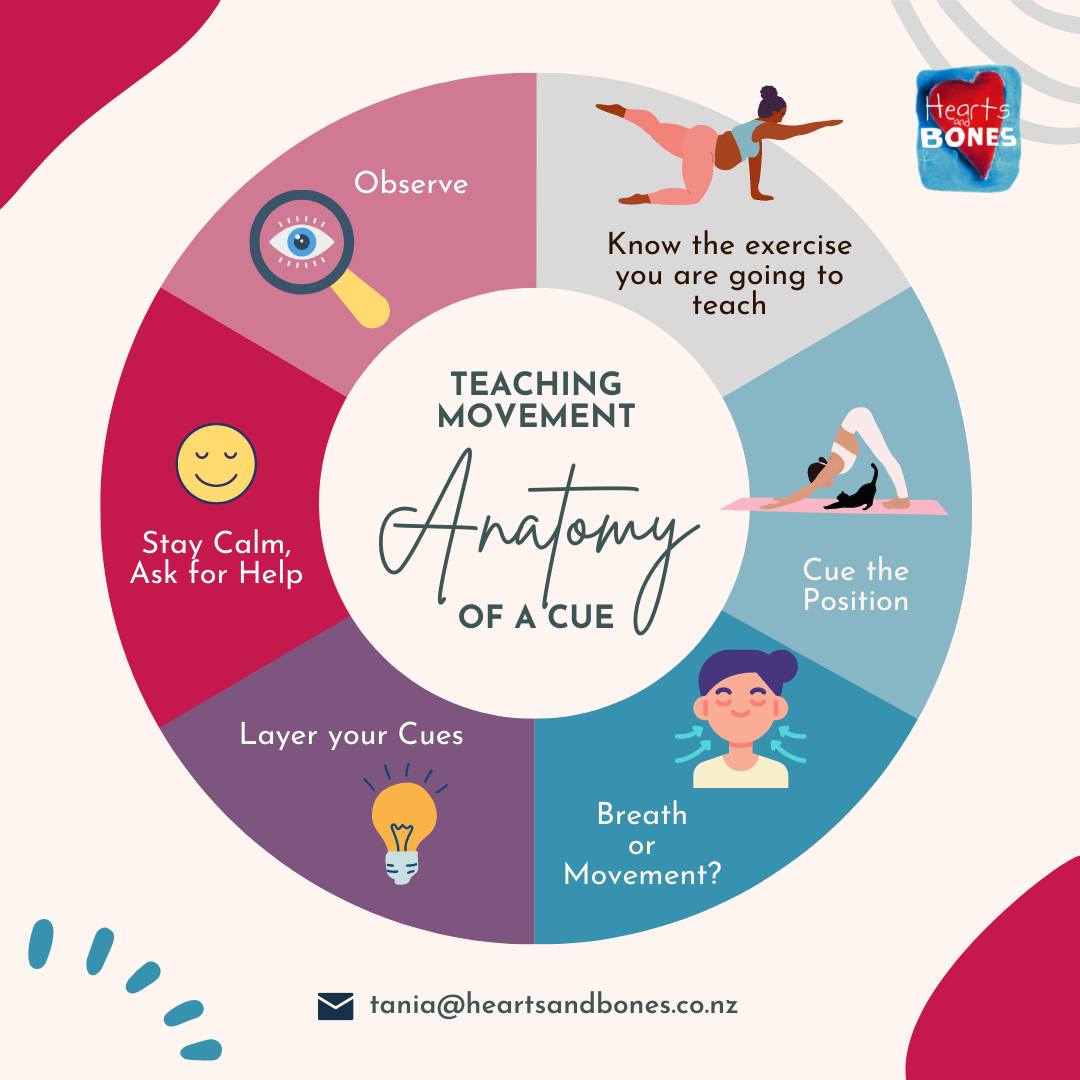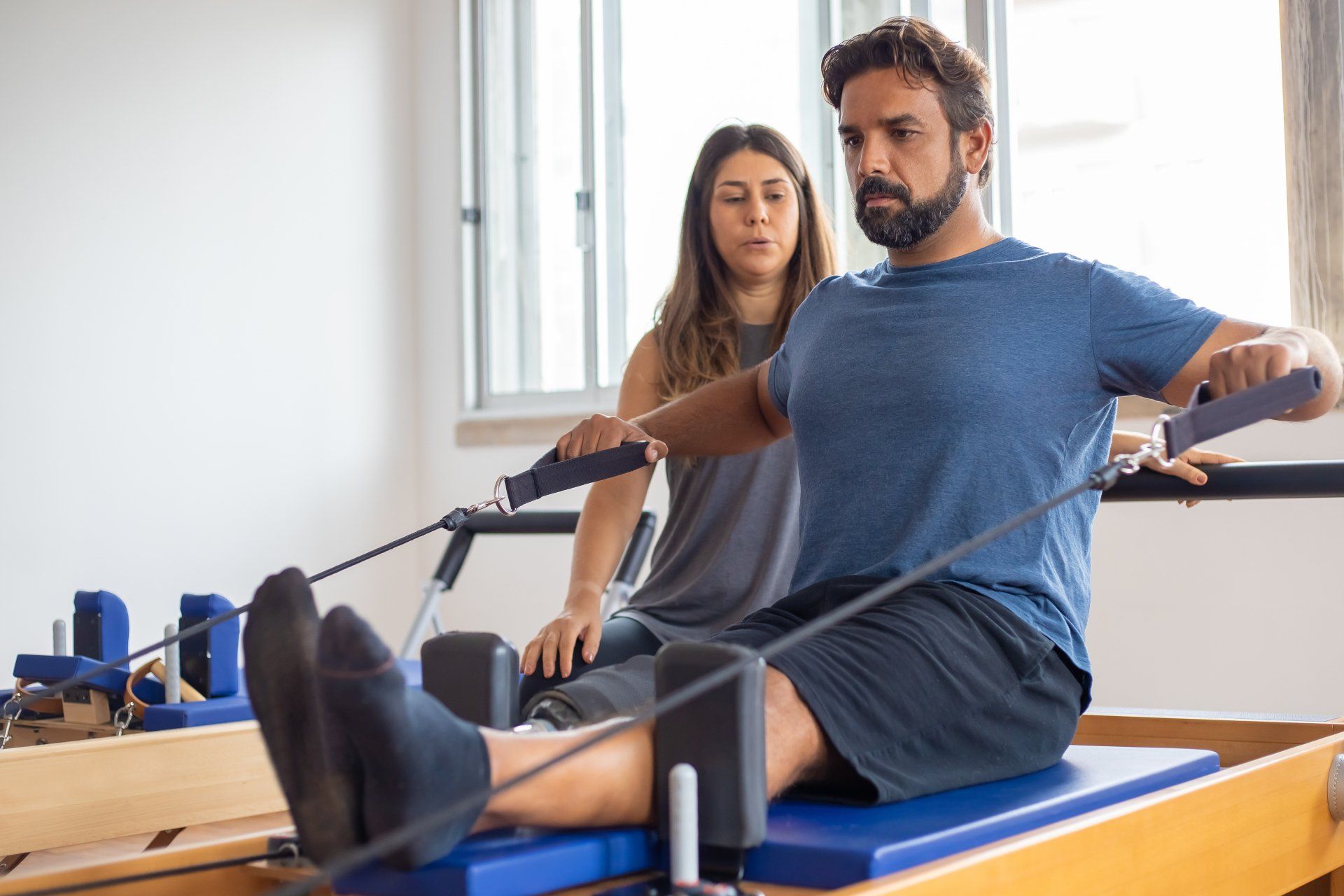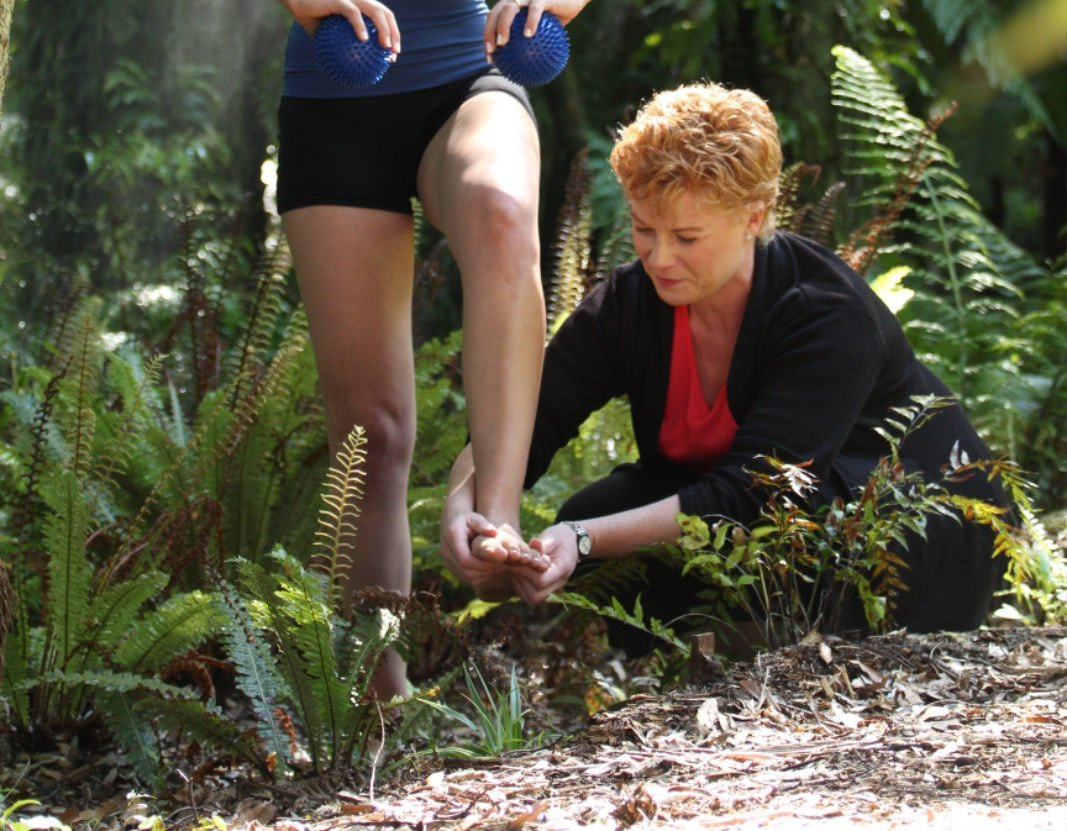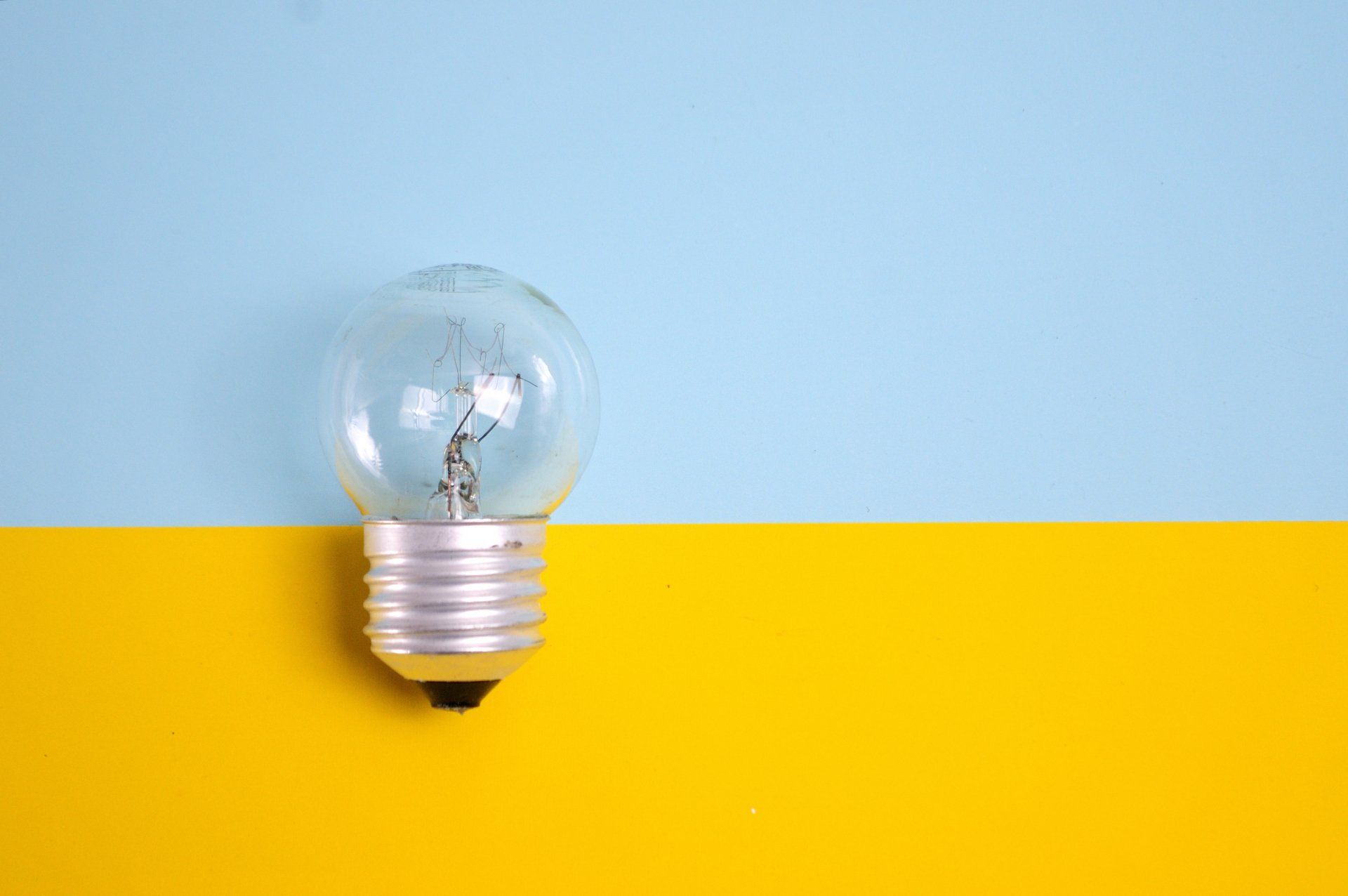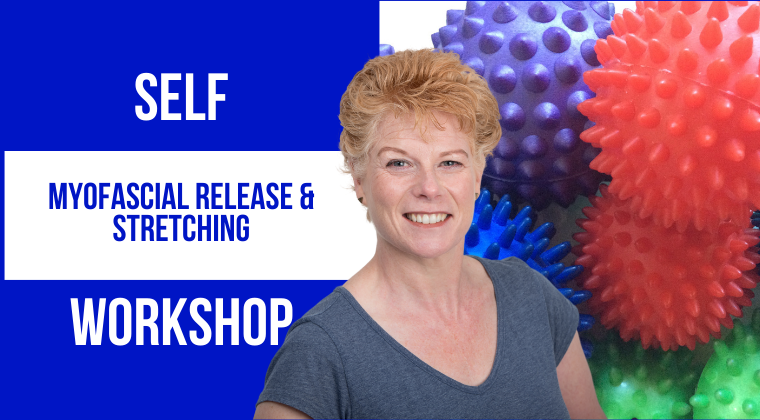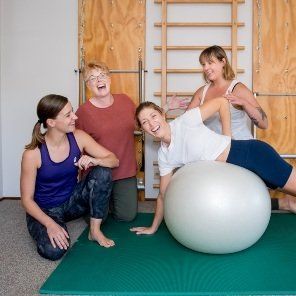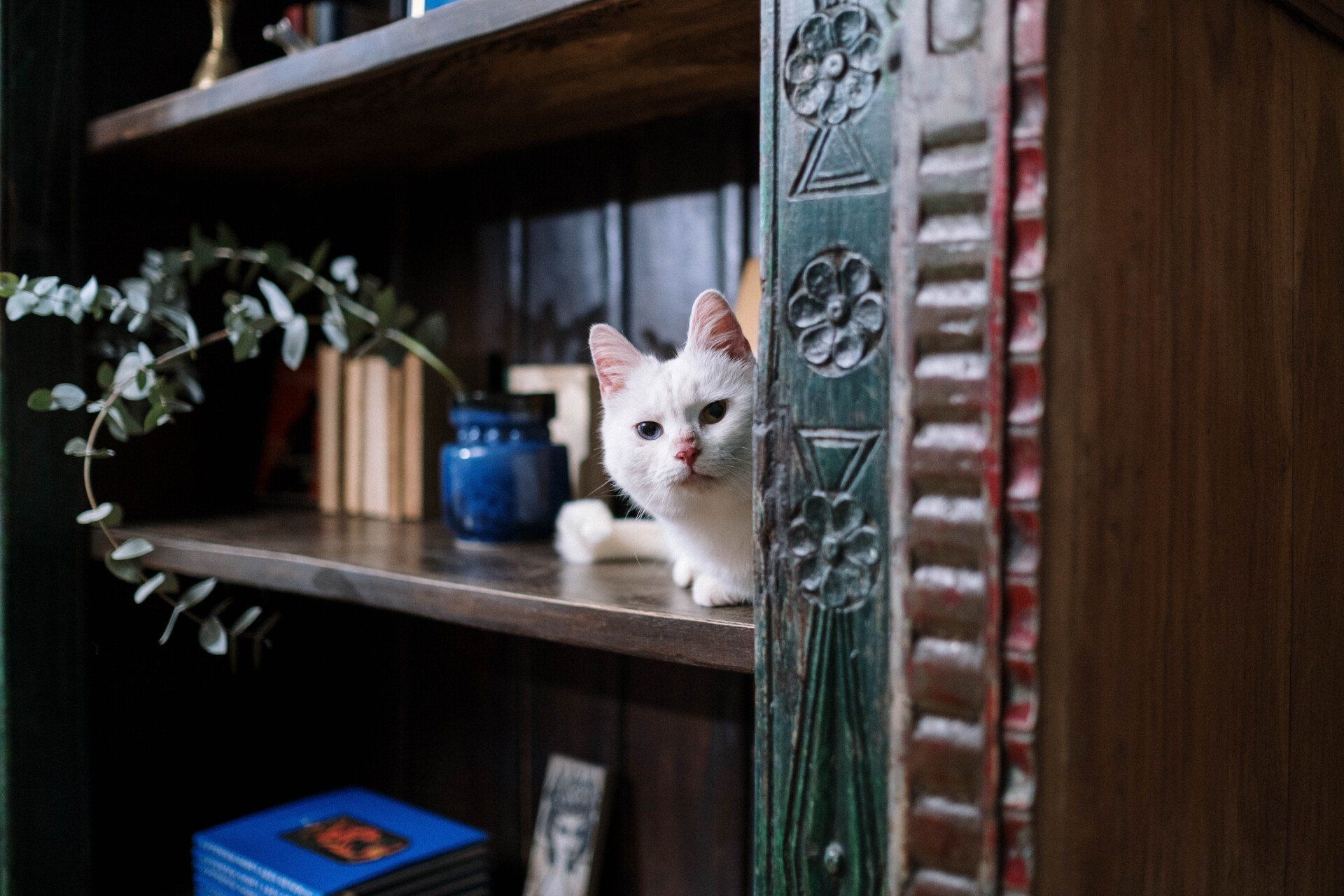Pilates glossary
Pilates glossary
Read through our glossary for the meaning of Pilates terms you might come across when doing Pilates with us.
Foundation (or preparatory) exercises
Foundation exercises (sometimes called 'preparatory exercises') are exercises that you need to master before doing a mat or equipment-based class. These exercises help you understand how the different parts of your body work before trying to link them together in a class.
Modification exercises
Modification exercises are performed differently to the standard method to protect a delicate wrist, knee, or spine.
Core strength and powerhouse
Your body’s core strength comes from the deep postural muscles that extend from your pelvis to your rib cage and diaphragm. These muscles include your abdominal, spinal, and pelvic floor muscles as well as your shoulder and hip stabilisers.
Having strong, well-balanced, stable, core muscles is crucial for any sport or activity, as it allows you to transfer power more efficiently from your lower to your upper body.
It also helps you maintain correct posture over long periods of time.
Powerhouse
‘Powerhouse’ is the term Joseph Pilates used to describe the muscles around the centre of your body that provide your core strength.
Pilates breathing (or 'posterior-lateral breathing')
Breathing fully and deeply is a cornerstone of good Pilates technique.
Breathing in oxygenates your body, readies it for movement, and focuses your mind. It also helps you rotate or extend your spine.
Breathing out helps you stabilise and support your trunk, flex your spine, and move your muscles.
Pilates breathing
Pilates breathing (or 'posterior-lateral breathing')
Your pelvis is in neutral alignment when your two hip bones and your pubic bone form a flat triangle across the front of your body.
When lying on your back, you will also feel a slight hollow in your lumbar spinal area.
In neutral alignment, the muscles around your pelvis can act their best in any direction. A neutrally-aligned pelvis enables you to activate your abdominal muscles correctly, so it's key to building and maintaining your core strength.
Flattening your lower spine during abdominal exercises causes you to overstretch your spinal muscles and can increase lower back pain. A flattened spine also weakens your spinal muscles and can trigger knee and ankle injuries.
Keeping your pelvis neutrally aligned helps stabilise your hip joints and enables you to activate their surrounding muscles correctly. This is especially helpful for walking, running, or cycling.
Finding neutral alignment
Tuck or 12 o'clock tilt
These 2 terms describe placing the lower back so that it is rounded and angles towards the floor.
In this position, the hip bones roll back from their neutral alignment, bringing the pubic bone forward and creating a rounded spine.

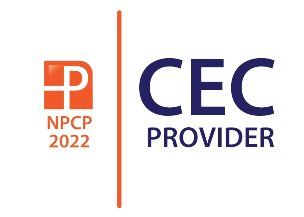
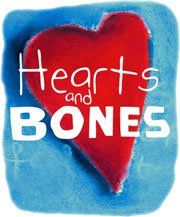
Hearts & Bones Pilates Centre. All rights reserved. Please comment to: heartsandbonespilates@gmail.com
Terms & conditions

